Satsuki Repots & Kanuma!
The past few years have represented a steep learning curve for me when it comes to bonsai care and development. So it came as no surprise to discover that my care of Azalea was at best ‘prehistoric’ in its application. In truth, I knew that azalea were acid loving and needed ericaceous soil…so that’s what I’ve mostly used. I purchased 5 or 6 young nursery stock azaleas in 2015, pruned them hard and then potted them in this ericaceous mix. Of course I have since discovered that though the soil was okay, my timing was abysmal for the rest of the activities. Thankfully, the young trees survived…till now?
I am currently doing an online course and have discovered a great deal about Satsuki azalea…which really just flowers a little later than others. They derive from the combination of two types of Rhododendron and there are 1000’s of species – based on flower colour (a lot like roses). This year I was keen to understand more as I had taken receipt of 7 Satsuki from China. The first lesson was crucial to understanding why my garden centre trees were not thriving. They were probably in the wrong soil for optimal healthy root growth.
I had heard of Kanuma but thought it was just another expensive variety of Akadama. In fact, it is a very ‘soft’ potting medium (looks like akadama) that breaks down very easily and is perfect for the development of fine roots produced by an azalea. Azalea are bushes and do not easily develop strong nebari or strong, deep roots. Instead, they grow a fine mesh of shallow roots very near to the surface. Heavy soil will severely restrict growth and hence restrict the development of your tree – this was my problem. Opinion still remains divided on soil, but this year I took the plunge and invested in some Kanuma. (Downtown, Grantham, is selling some at the moment for a reasonable price)
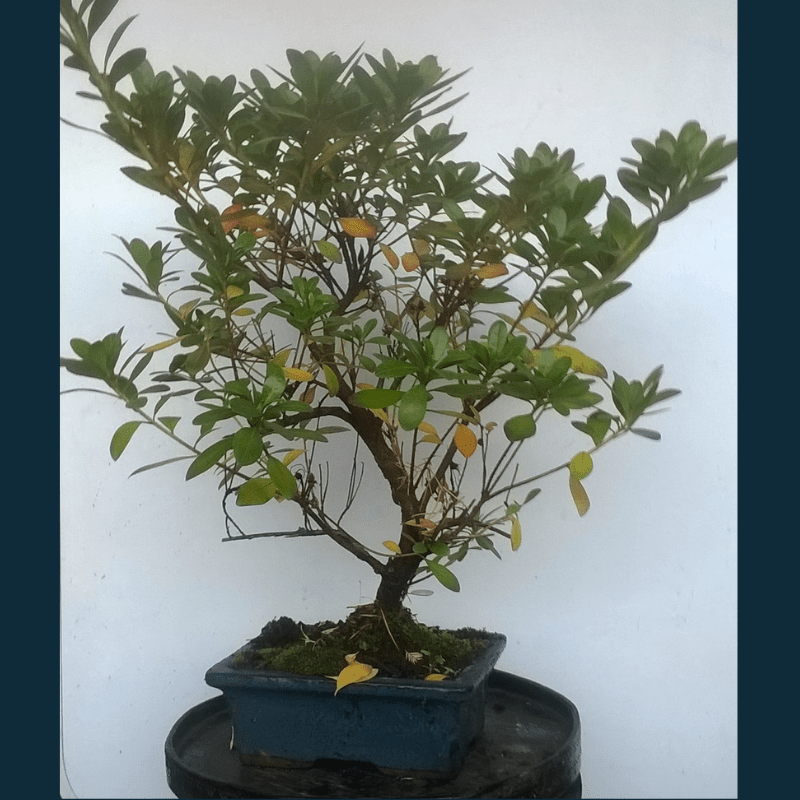 The imported Satsuki were potted in a cheap transporting compost so would need full clean outs. Ideally, this process would have been done even earlier in the year but I only completed the lesson two weeks ago 🙂
The imported Satsuki were potted in a cheap transporting compost so would need full clean outs. Ideally, this process would have been done even earlier in the year but I only completed the lesson two weeks ago 🙂
I have included several pictures of the root clean and pruning process I carried out. All of the trees are relatively young and have yet to develop any true sheen (core root structure) beneath the trunk. Under normal circumstances you would leave the sheen alone – unless it looked black and/or ill. Azalea are prone to dying when you do ‘stuff’ to them at the wrong time or in the wrong way…
So over the past 3 days I have been out servicing my azaleas. Firstly, pruning out all unwanted growth – reducing the 5 shoot clusters to just 2. I also removed any flower buds to reduce the stress on the trees this year. Much that I would have loved to see some flowers…I would prefer to see the trees survive the repots! If all goes well then next year should produce some decent displays.
With the roots cleaned and trimmed I prepared the new pots. Another learning point was that these fine roots are sliced very easily by anchor wires. There are many methods to avoid this damage but I have settled on using electrical earth sheaths which I slide onto the wire. No merit points for beauty but it was all I had to hand. In another year I will probably try to remove these – if the root structure has developed sufficiently to hold the tree in the pot.
Once tied in place I carefully chop-sticked the Kanuma into all the air pockets and watered thoroughly. Beware – Kanuma is very soft and will crush if you try to press it down with your fingers. Gentle does it! ALSO – wear gloves; as the soil sucks the moisture out of your body and cracks the skin. Which leads me to my next point: use moss to cover the surface to help retain moisture. These trees love water but actually benefit from being left to dry out for 2-3 days. Allegedly they are lazy root developers and hence need a little ‘encouragement’ to go seek water further afield in the pot!!
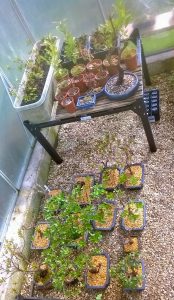 I have placed the trees in the greenhouse where they will stay until they show signs of new growth – they are delicate at this time so need tender care…and no wind. They do love misting and I will certainly be doing that each day for the next few weeks. In about 3 weeks I will start feeding them heavily with organic bio gold lumps.
I have placed the trees in the greenhouse where they will stay until they show signs of new growth – they are delicate at this time so need tender care…and no wind. They do love misting and I will certainly be doing that each day for the next few weeks. In about 3 weeks I will start feeding them heavily with organic bio gold lumps.
To this end, it is also important to recognise that you keep a good ‘fingers gap’ between the edge of the pot and any roots – they will scorch and die in hot sun (another good reason for moss). Azalea also do well in deeper pots and you will generally discover that half of your pot depth is just soil – but it does provide a good water reservoir and heat sink during the summer.
If you see yellowing leaves – don’t panic. The heavily calcium water (in this area) can cause this discolouration. 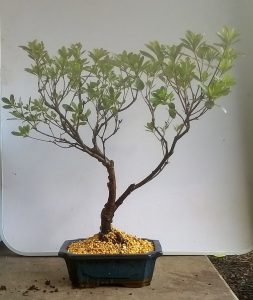 Easy solution is to sprinkle some Epsom salts onto the surface. If you witness branch dieback then you can be worried. Branches are ‘root specific’ and this will most often indicate signs of disease beneath the surface. This is when you must carry out an emergency repot and inspect the roots. It should be apparent where the problem exists (look online for what sick roots look like) – cut them away.
Easy solution is to sprinkle some Epsom salts onto the surface. If you witness branch dieback then you can be worried. Branches are ‘root specific’ and this will most often indicate signs of disease beneath the surface. This is when you must carry out an emergency repot and inspect the roots. It should be apparent where the problem exists (look online for what sick roots look like) – cut them away.
As a final point – the flowers make the effort worth it! Though you really ought to remove them all within a week of full bloom if you want your tree to remain healthy.

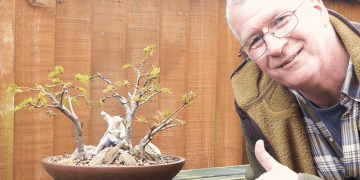



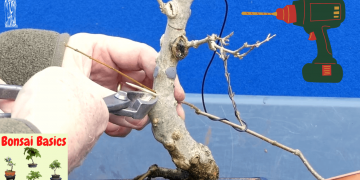

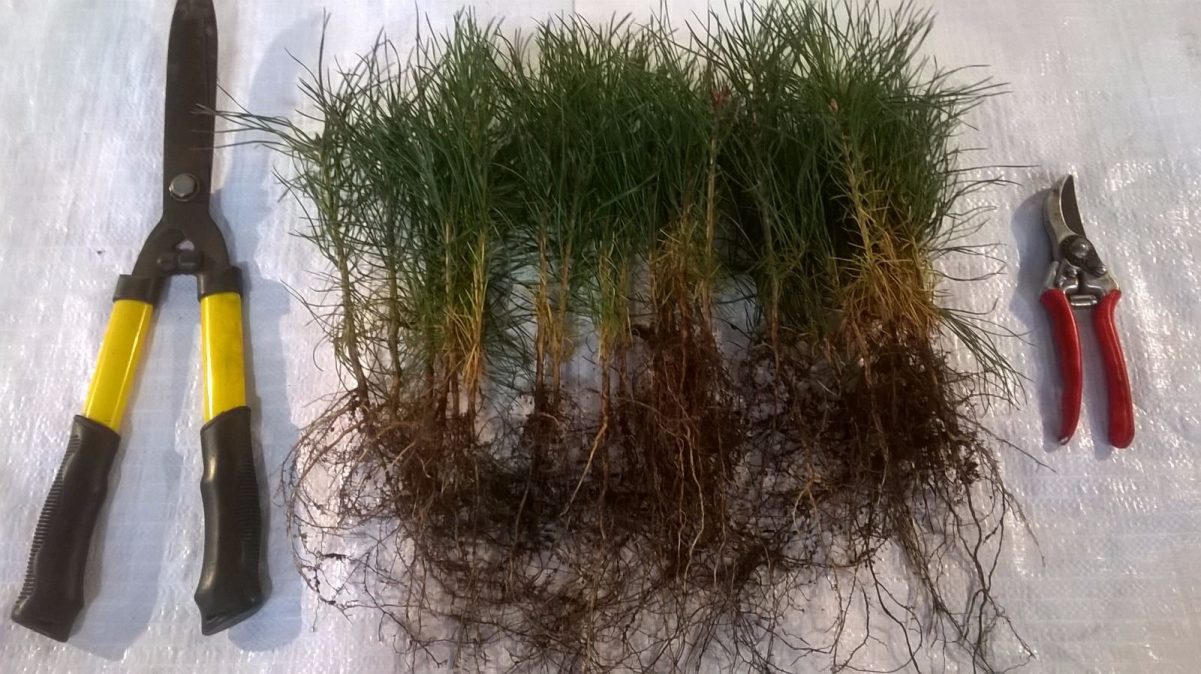

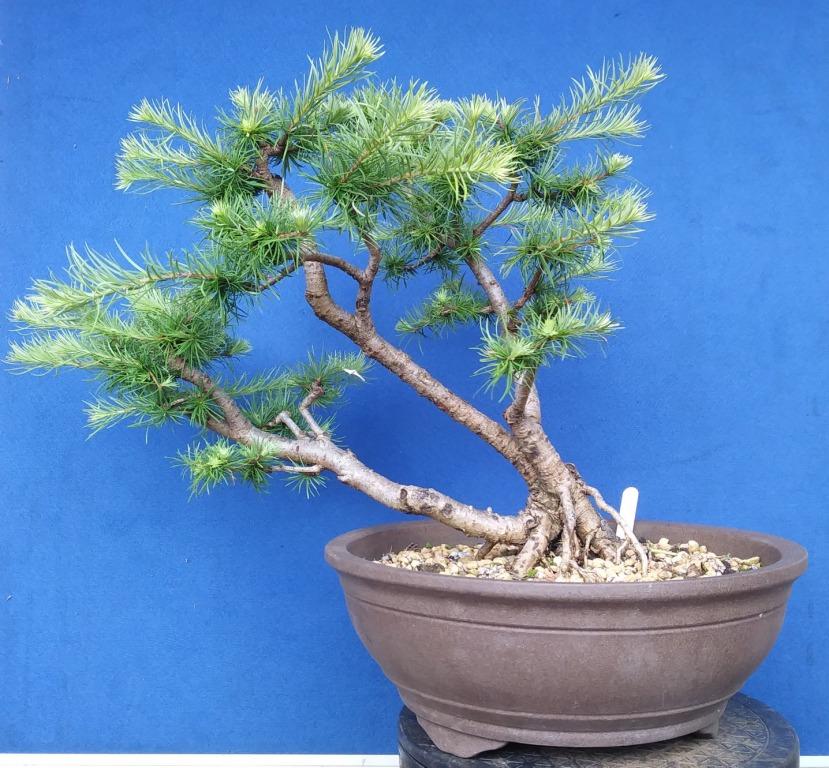




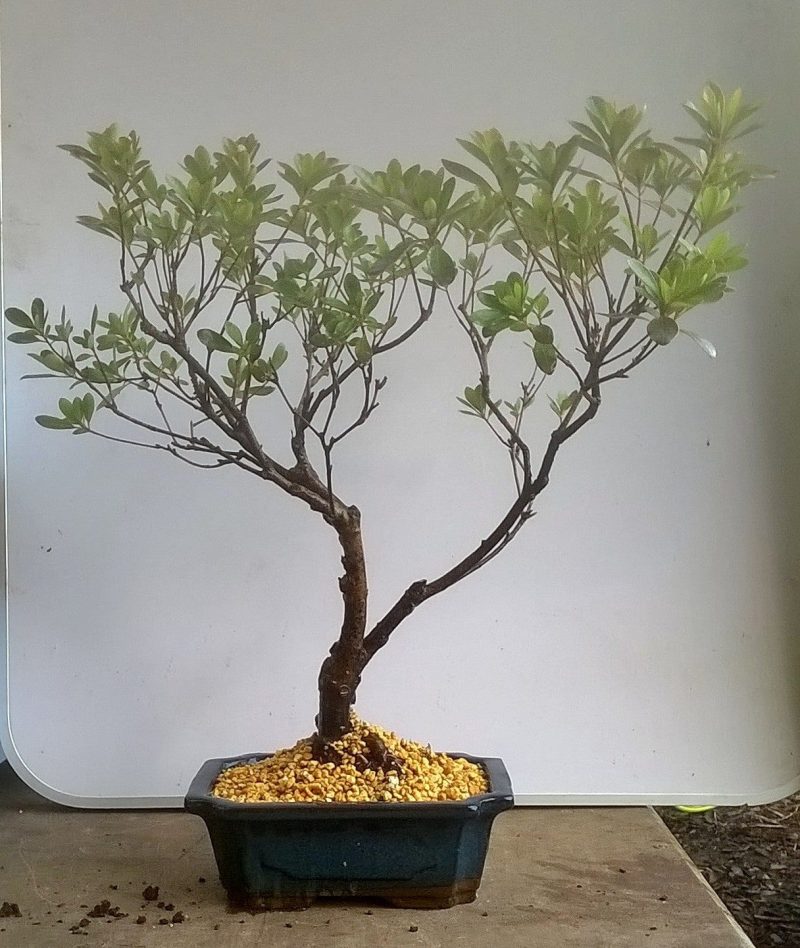

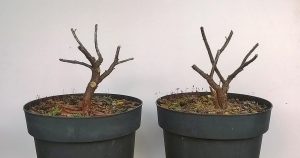
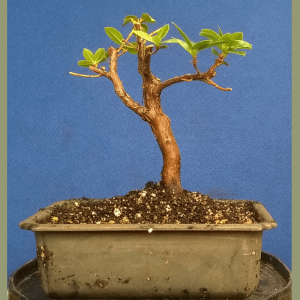
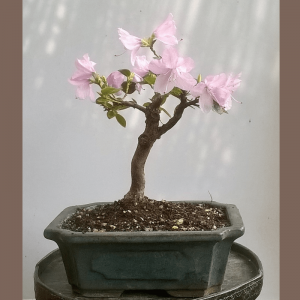
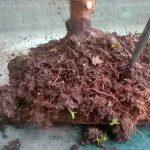
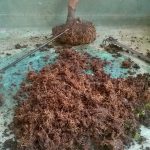
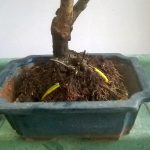

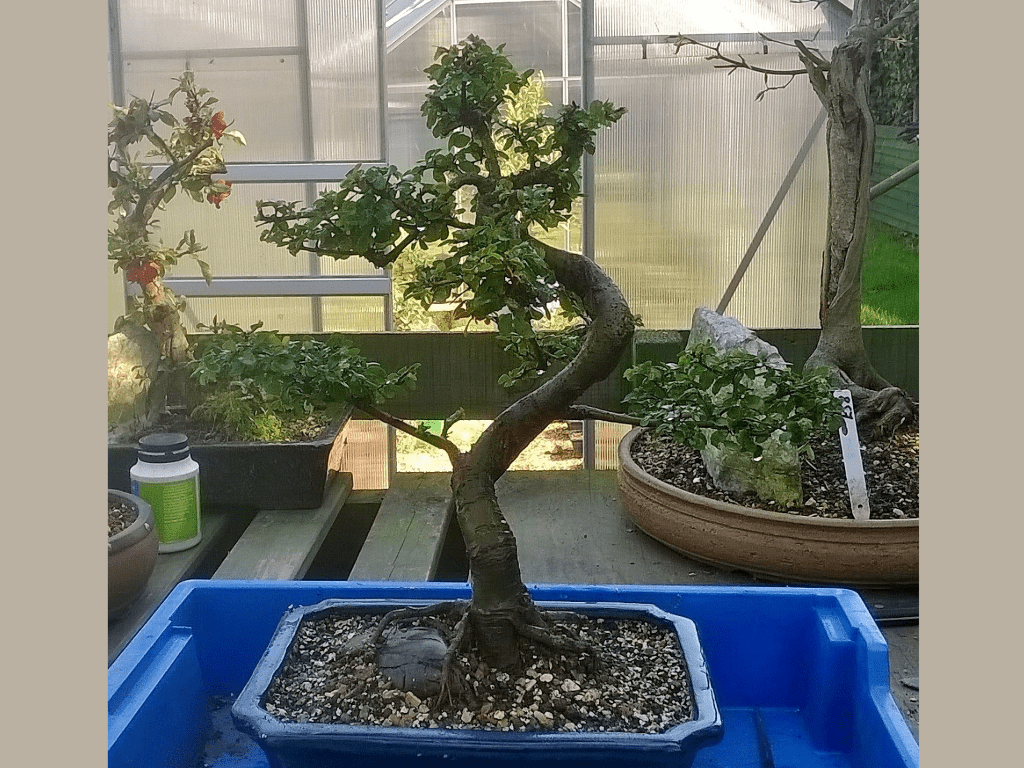

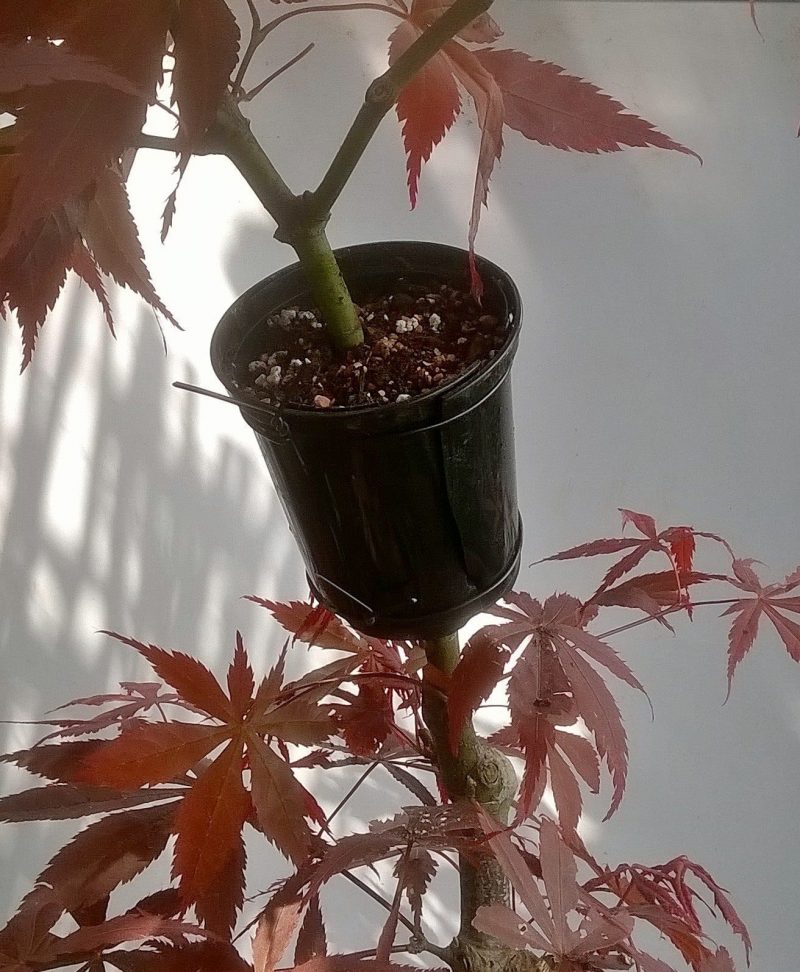







This tree has found herself a new owner and is optimistic that the future is looking good 🙂